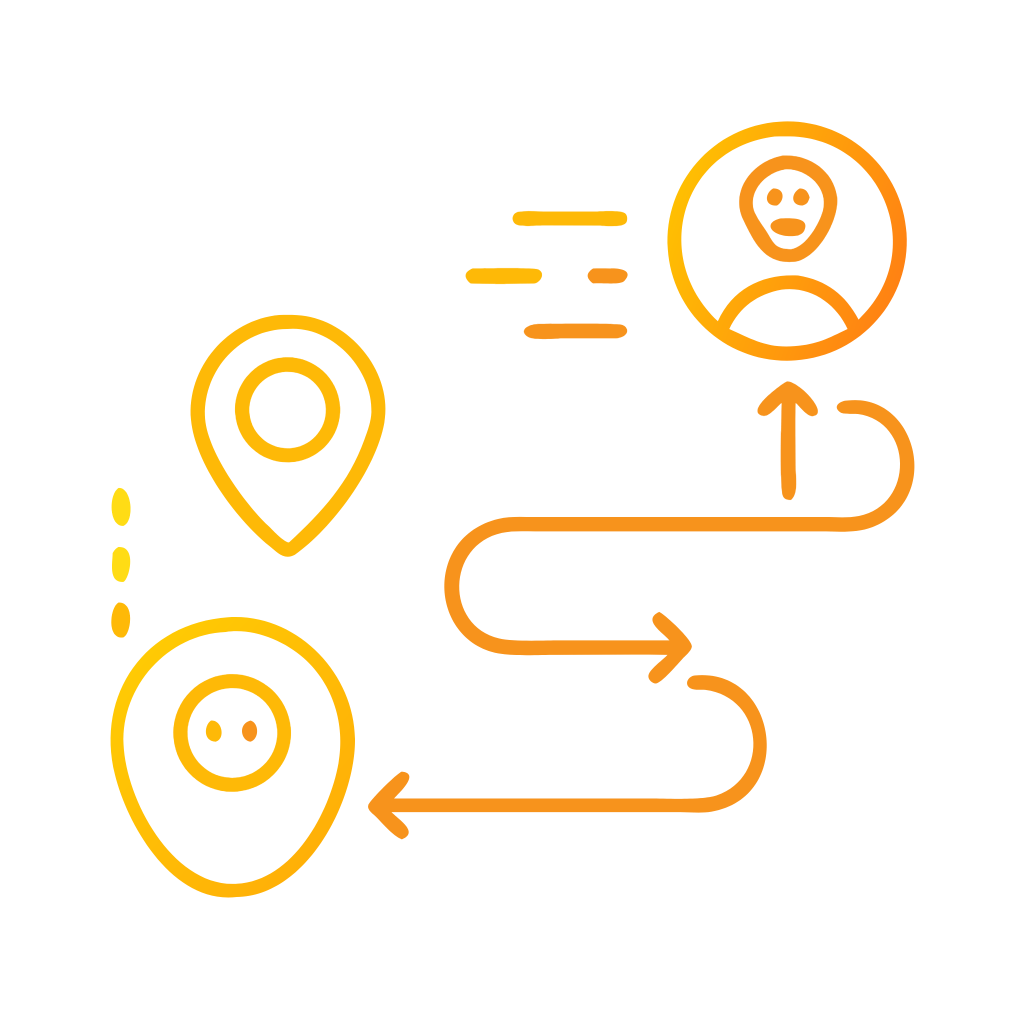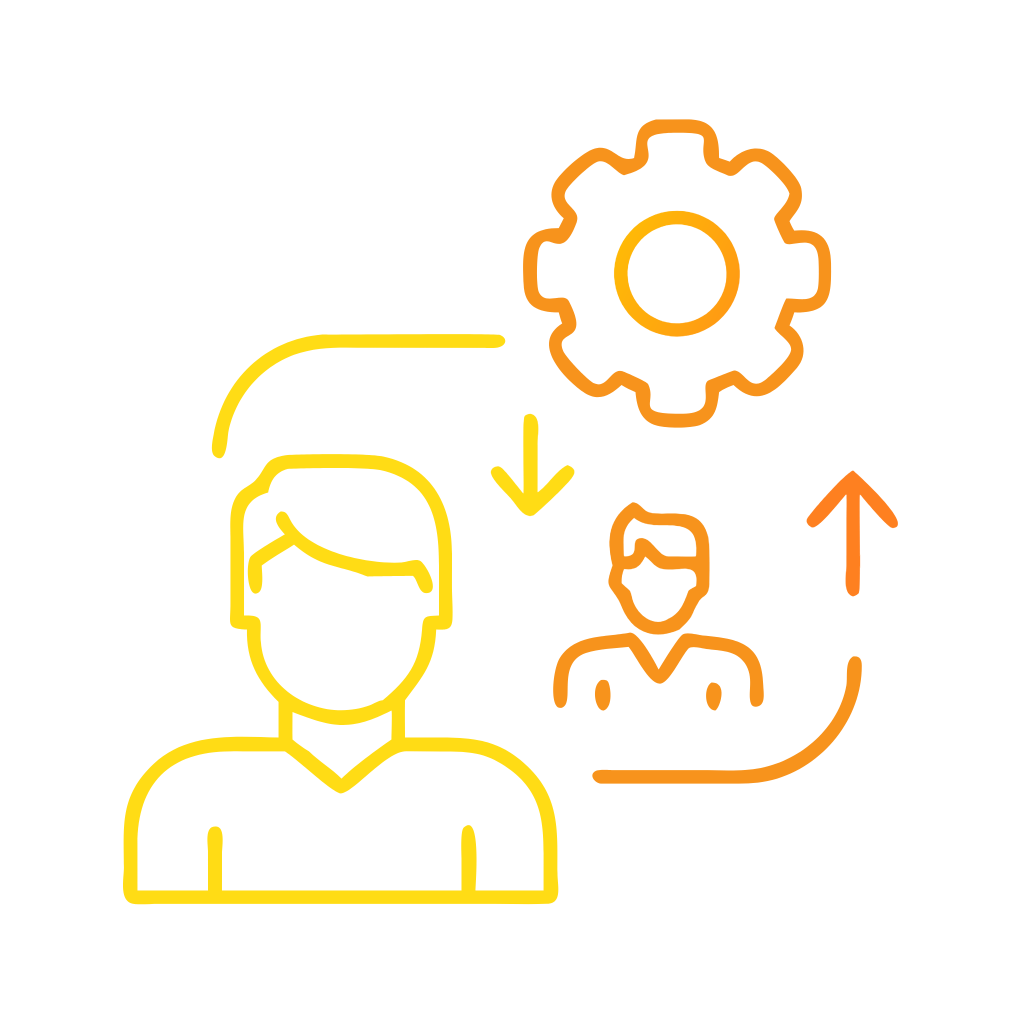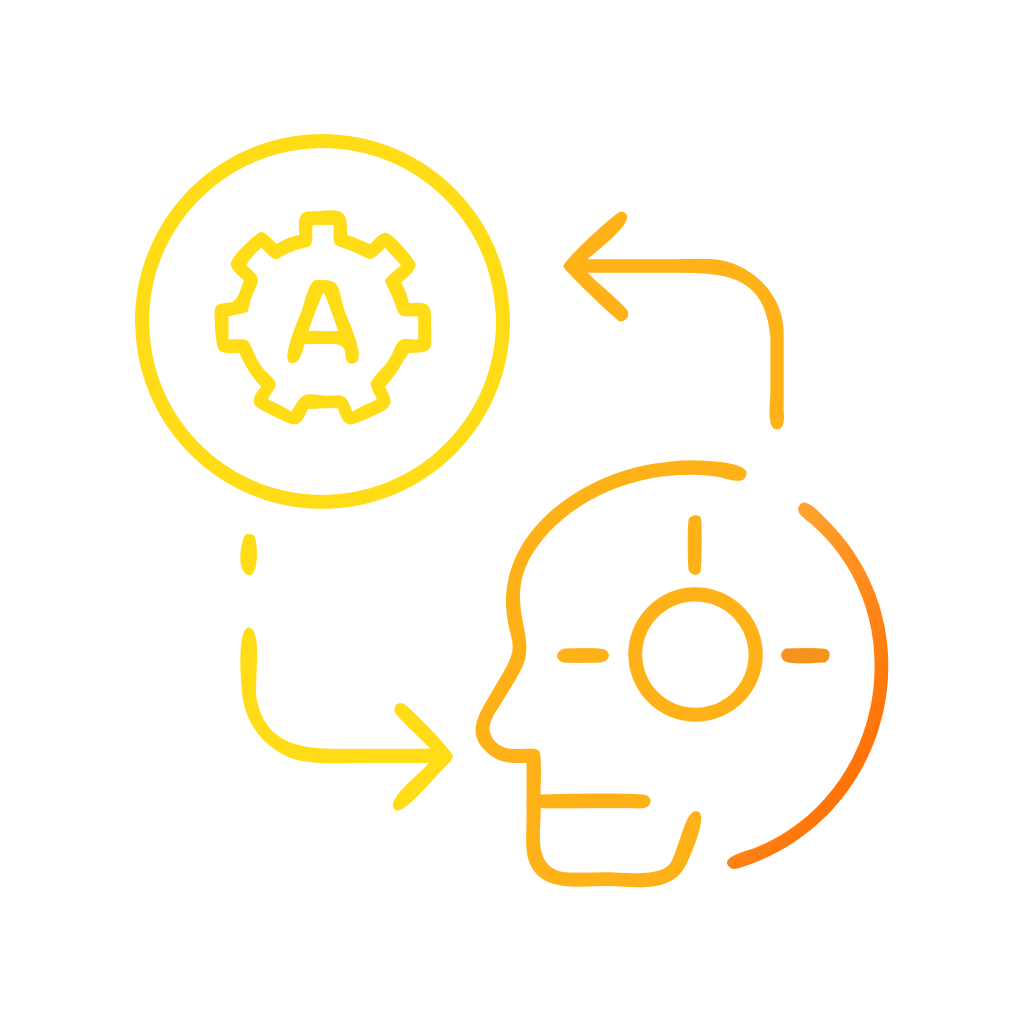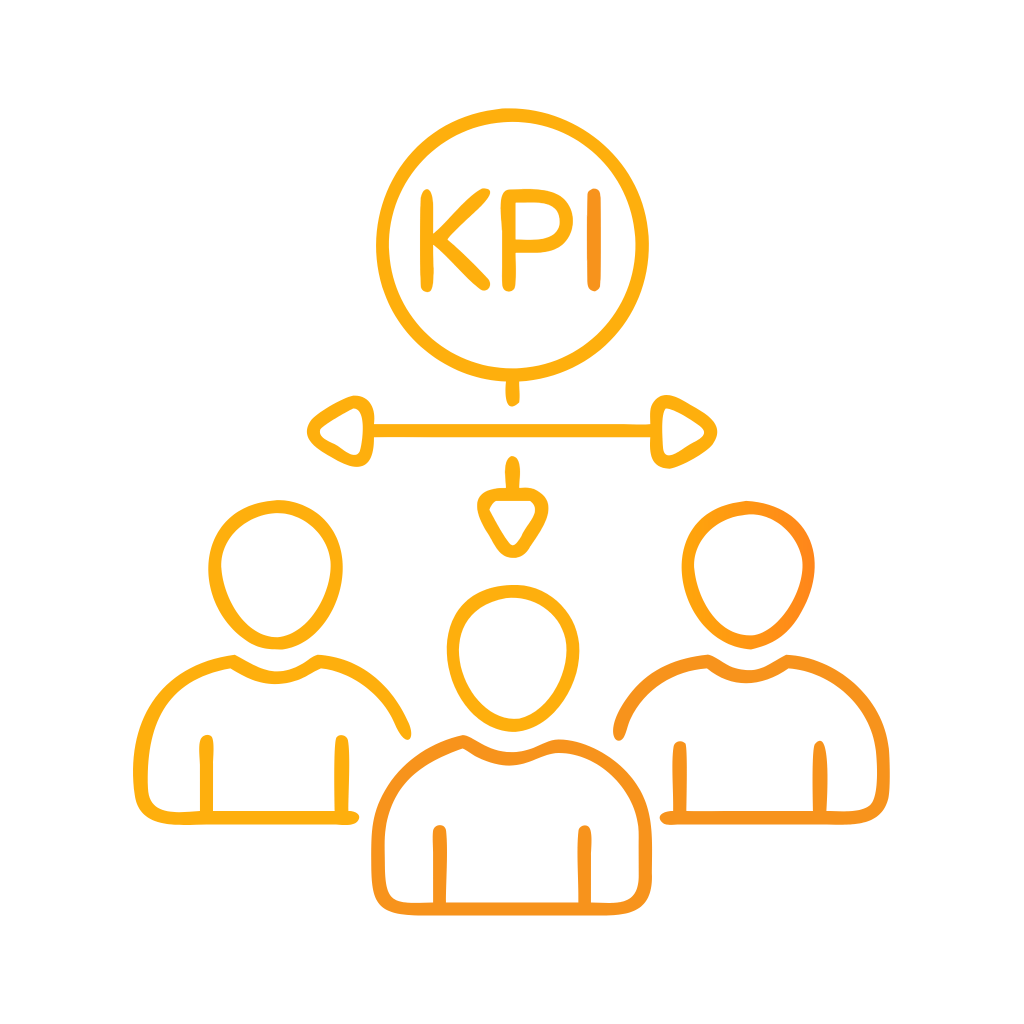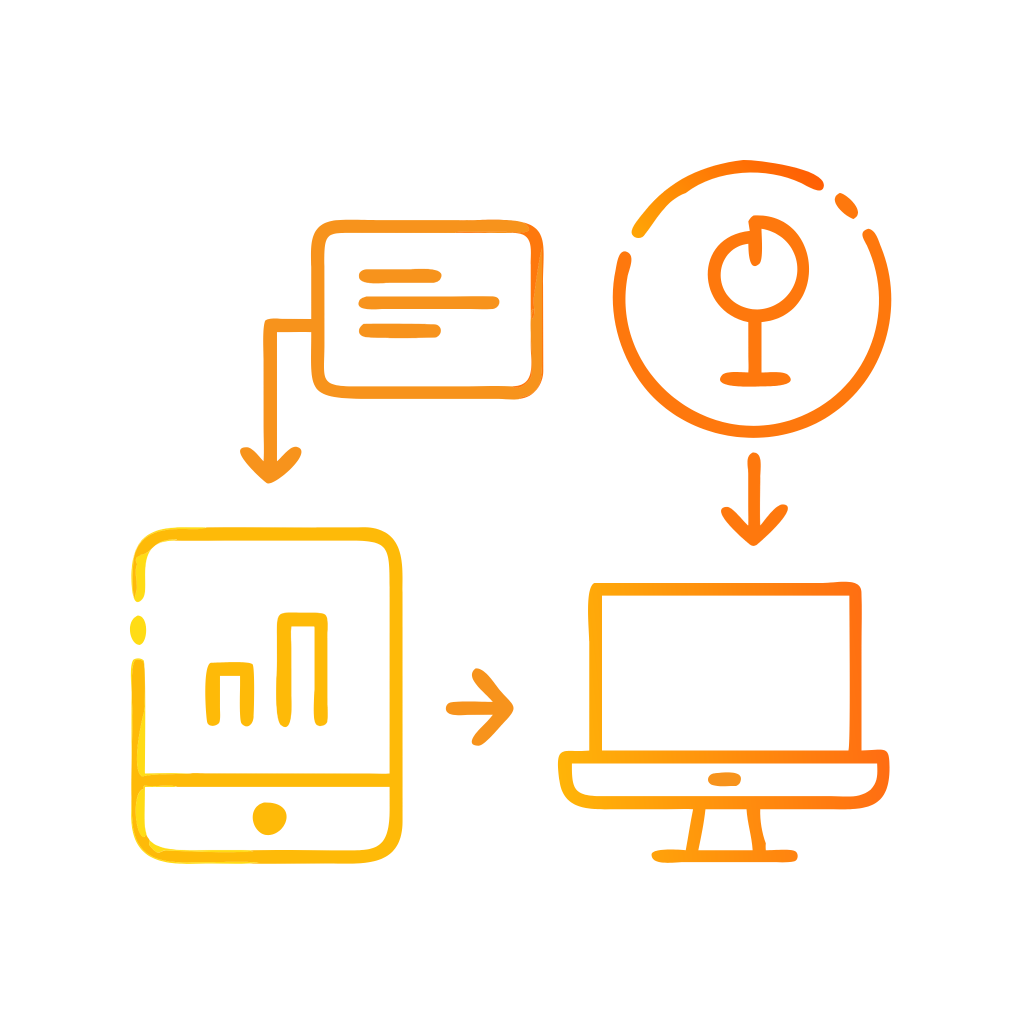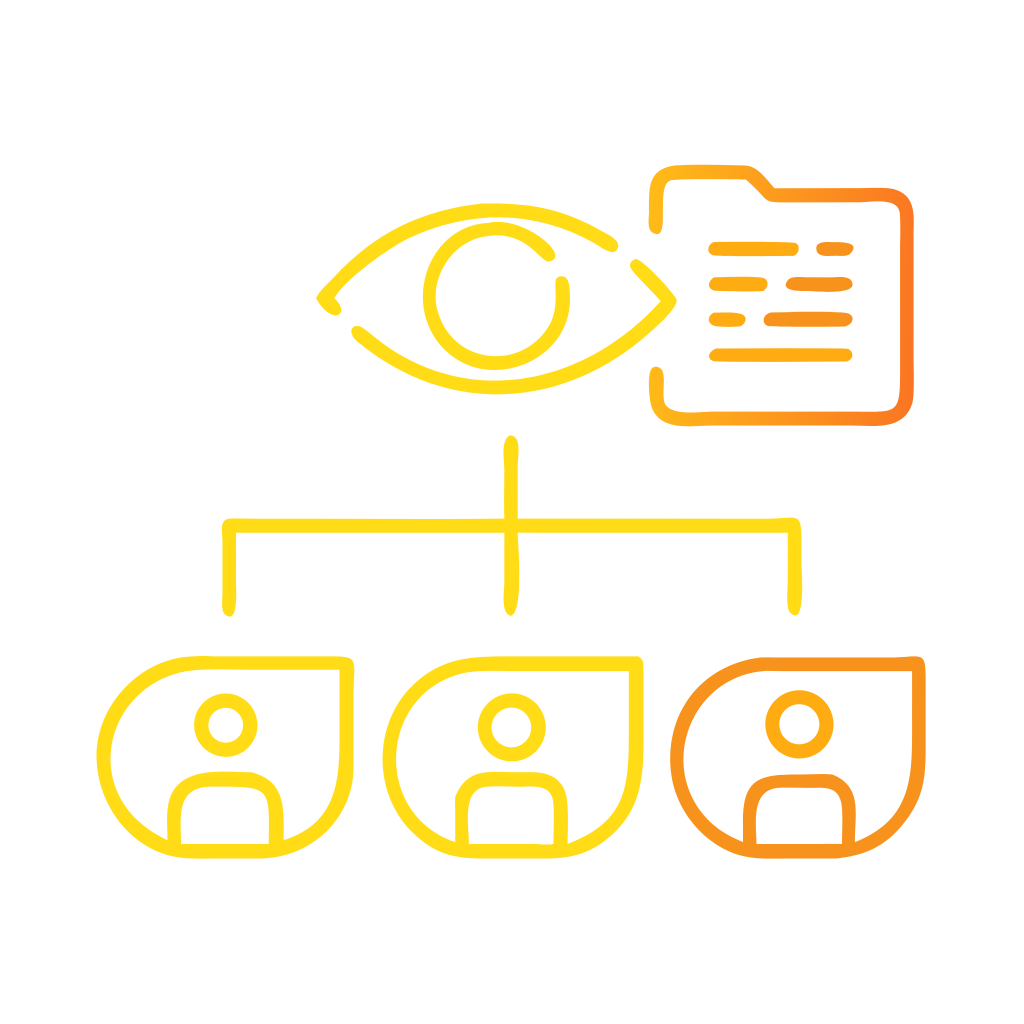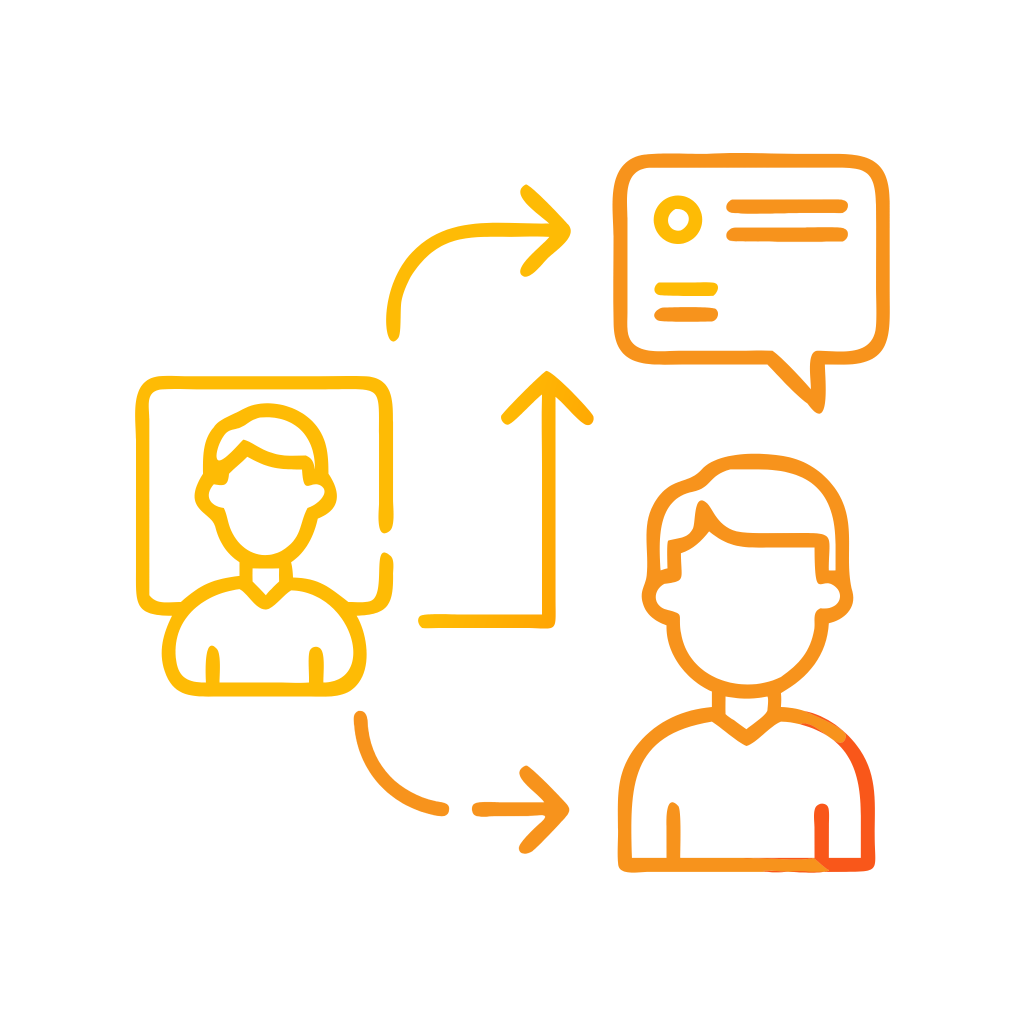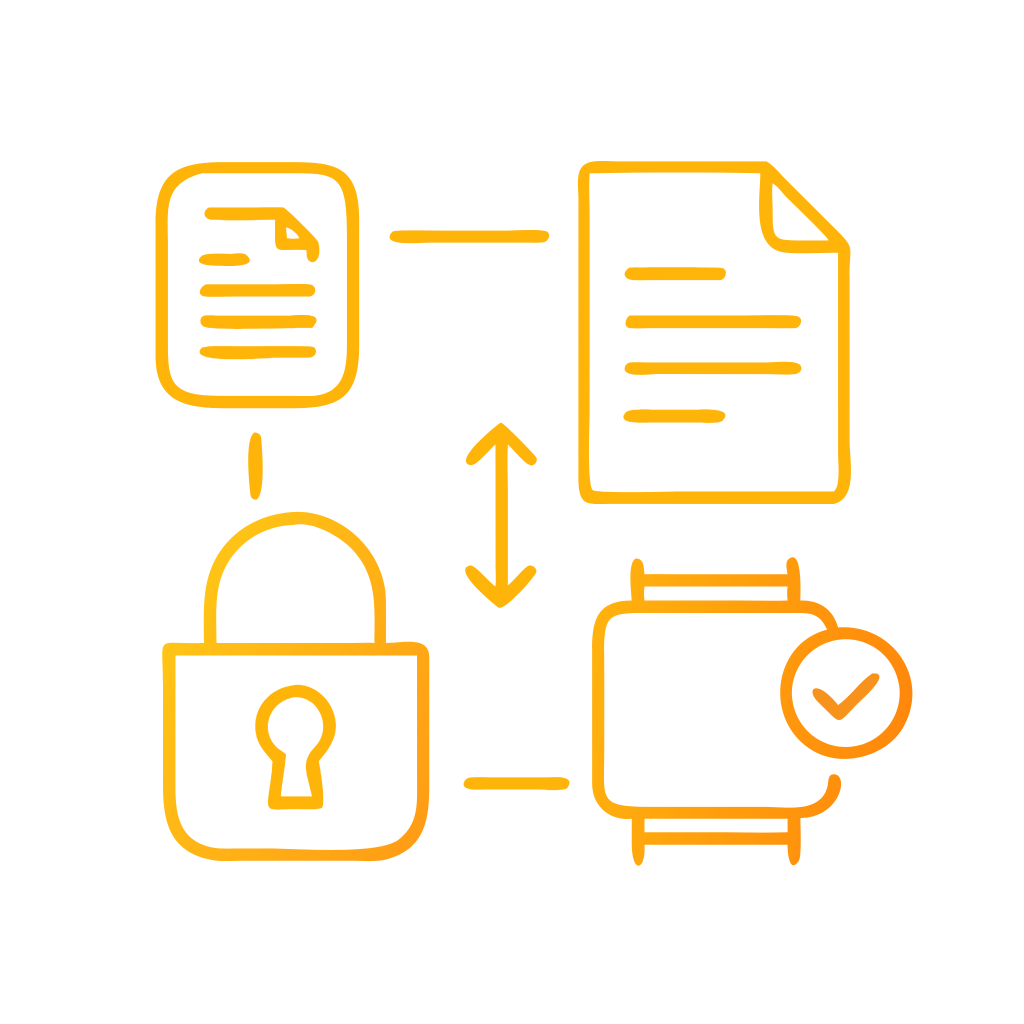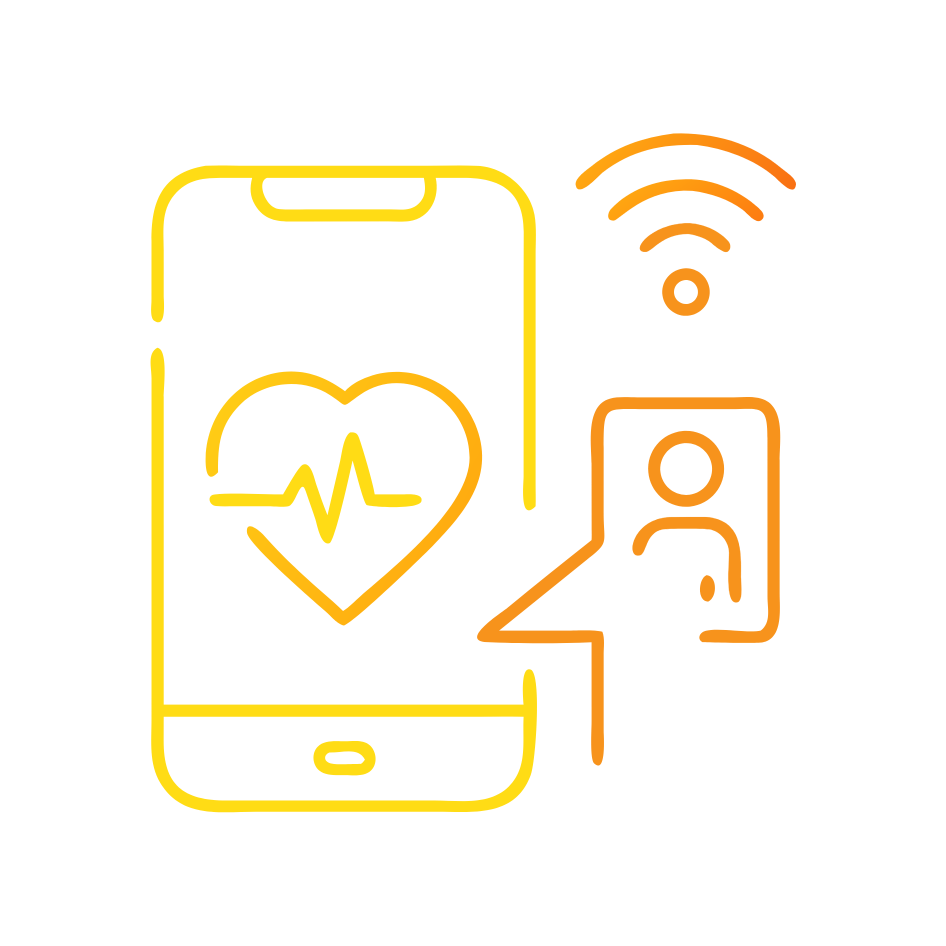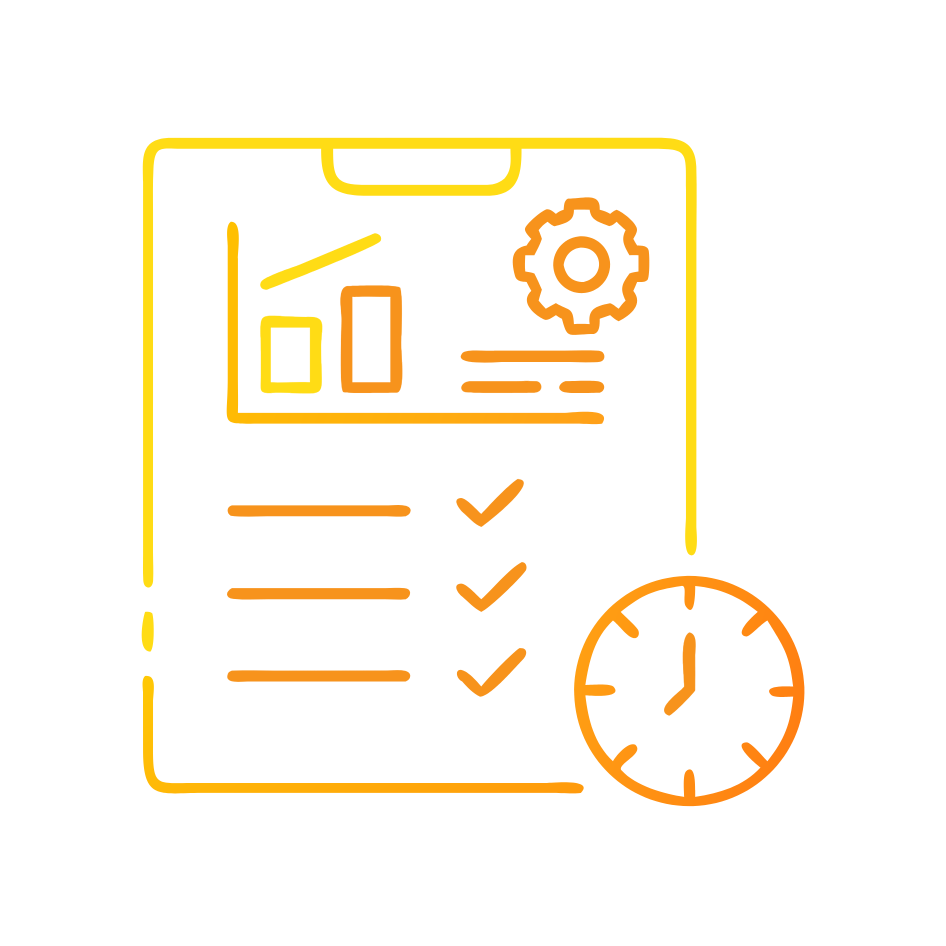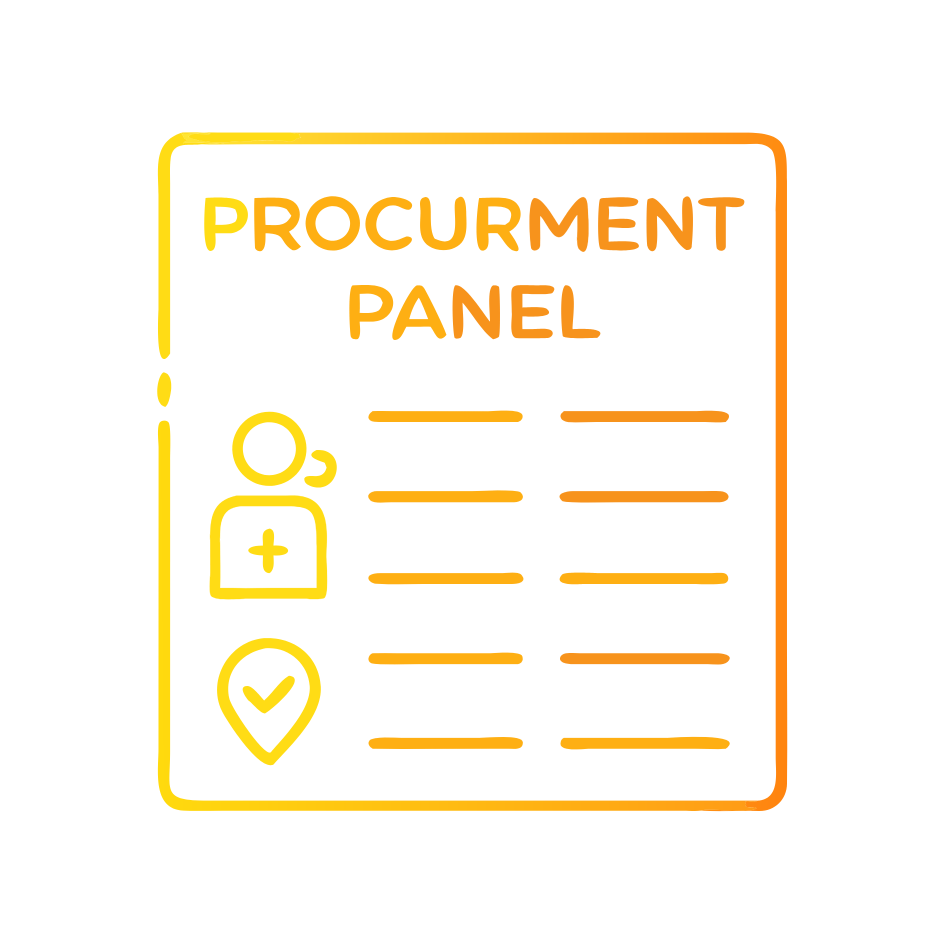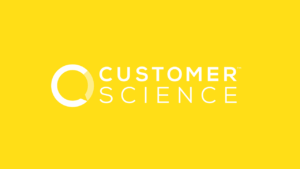Why this retailer reframed the problem around customer jobs?
The retailer faced a familiar growth ceiling. Product teams kept shipping features, yet digital adoption plateaued and service costs rose. The leadership team paused new build requests and reframed the work around customer jobs to be done. Jobs to be Done, or JTBD, is a strategy and research lens that treats products as tools customers “hire” to make progress in a specific circumstance.¹ This framing moved the conversation from features and personas to progress and context, which unlocked clearer opportunity sizing and simpler pathways to adoption. Organizations that align to customer jobs typically improve task success, lower effort, and expand retention because they focus on causal mechanisms rather than descriptive demographics.¹ ⁵ (Harvard Business School)
What is Jobs to be Done and why does it matter now?
JTBD defines the “job” as the functional and emotional progress a customer seeks in a situation. Teams map the triggers, constraints, and trade-offs that shape how customers choose among options. In 2025, JTBD matters because customer journeys are fragmented across stores, mobile, web, and partner platforms. Customers expect simple, personalized interactions and they switch when friction mounts.² McKinsey reports that most consumers now expect personalization and many will walk if experience expectations are unmet, which amplifies the value of precise job definitions and data foundations.² (McKinsey & Company)
Where did adoption stall and what did the evidence show?
The diagnostic work identified three friction clusters that stalled adoption. First, shoppers could not complete core tasks consistently. Task success rate, the simplest usability metric, lagged on repeat orders and in-store pickup flows.³ ⁸ Second, perceived effort spiked during identity checks and payment handoffs. Independent research shows customer effort strongly predicts disloyalty and churn. Lower effort correlates with higher repurchase intent and willingness to recommend.⁷ ² Third, self-service moments in stores polarized sentiment. Some formats increased convenience, while others degraded loyalty when shoppers felt the store pushed work onto them without clear benefit. New research and reportage highlight both the gains and the backlash, so configuration and messaging matter.¹¹ ¹² ¹³ (Nielsen Norman Group)
How did JTBD research change the frame of action?
The team built a structured evidence base. Researchers convened switch interviews to unpack moments when customers adopted, abandoned, or substituted the retailer’s tools. Analysts combined qualitative insights with event data to map job stories like “When I am on my lunch break, help me reorder the exact items for tonight with one confirmation so I can feel organized without thinking.” These job stories clarified must-win tasks and the circumstances that enable speed and confidence. The team paired those stories with a concise metric stack: task success rate for completion, time on task for flow, error rate for system feedback, and Customer Effort Score for perceived difficulty.³ ¹³ ⁷ These measures created a shared language across product, design, data, and operations and formed the basis for quarterly adoption objectives.³ ¹³ (Nielsen Norman Group)
Which identity and data foundations unlocked value fast?
Identity resolution and consented data sharing supported two critical improvements. First, the retailer simplified sign-in and progressive profiling with risk-based checks that asked for fewer steps in low-risk scenarios. Second, the team stitched in-store and digital identities to personalize replenishment jobs, which customers increasingly expect across channels.² This architecture respected privacy and created practical features like pre-filled pickup contacts, defaulted payment options, and location-aware order statuses that reduced mental load during peak shopping windows. By aligning data models to jobs, not just entities, the retailer avoided bloated profiles and focused on the attributes that predicted success for priority tasks.² (McKinsey & Company)
What changed in product and service design?
Product managers converted job stories into crisp acceptance criteria. Designers removed optional steps from checkout for known customers and introduced a “Finish my order” CTA that surfaced saved baskets and one-tap confirm for identical reorders. Service leaders recast store self-service as a voluntary speed lane with clear benefit framing and visible staff backstops. This addressed a documented risk that self-checkout can alienate shoppers when perceived as forced labor transfer.¹¹ ¹² The team also tuned copy and micro-rewards to frame self-service effort as progress, which research suggests can neutralize loyalty drag.¹¹ Training and signage made human help obvious and judgment-free, preserving dignity for complex baskets or accessibility needs.¹¹ ¹² (Business Insider)
How did the team measure adoption and effort credibly?
The measurement plan blended behavioral and attitudinal signals. Task success rate captured the percent of users who completed a job end-to-end.³ Completion rate monitored linear flows like identity verification steps.⁸ Time on task and error incidence flagged flow friction.³ ¹³ Customer Effort Score, drawn from a validated body of research that links lower effort with higher loyalty and lower cost to serve, ran as a short post-task pulse.⁷ ¹² The team instrumented all measures with event schemas that mirrored the job stories, which kept analysis simple and stakeholder-friendly.³ ⁸ ⁷ A weekly operating rhythm looked for deltas by segment and circumstance, not just channel, to protect cross-journey progress.³ ¹³ (Nielsen Norman Group)
How did JTBD insights reduce service costs without hurting loyalty?
The JTBD lens prioritized changes that removed needless steps rather than adding features. For example, identity friction dropped when the flow deferred low-value data capture until after order confirmation for known users. Reduced effort is associated with higher loyalty and lower churn, so the team protected retention while decreasing handle time and assisted volumes.⁷ Interventions at the self-service edge paired choice with clarity. Stores signaled staff support and framed speed benefits honestly, which research indicates can mitigate the loyalty penalty observed when customers feel obligated to self-checkout.¹¹ ¹² These service design choices balanced automation benefits with human assurance.¹¹ ¹² (Qualtrics)
What risks did the team manage and how?
The program managed five risks. First, over-automation risk was mitigated by preserving staffed lanes and escalation paths, addressing known pushback when stores “go too far.”¹³ Second, theft and false positives were controlled through targeted, not blanket, AI reviews to avoid privacy blowback.¹³ Third, metric blindness risk was handled by pairing success rate with diagnostic research so teams did not chase vanity gains.³ Fourth, personalization creep was constrained through explicit consent and transparent preference centers.² Fifth, store operations risk was addressed by adjusting labor models to meet peak demand for assisted checkout without abandoning efficiency targets.¹² ¹³ (The Sun)
How should leaders replicate this approach in other portfolios?
Leaders should start with a focused job portfolio, not a feature backlog. Write five job stories that describe clear progress in concrete circumstances. Align event schemas and survey triggers to those job stories so every release has a measurable intent. Use success rate, time on task, and error rate as your bottom-line usability trio, then layer Customer Effort Score to capture the customer’s cognitive and emotional load.³ ¹³ ⁷ Treat store self-service as an opt-in speed lane supported by human help and honest value framing, because research shows design and messaging shape whether customers experience self-service as empowerment or burden.¹¹ ¹² ¹³ Finally, invest in identity and consented data to personalize only the fields that reduce effort for the defined jobs, which aligns with consumer expectations for useful personalization.² (Nielsen Norman Group)
What outcomes should executives expect and monitor?
Executives should expect cleaner adoption curves that track to explicit jobs rather than generic channel use. Early wins often appear in improved success rates on repeatable tasks and lower average time on task for known customers.³ ¹³ Leaders should also monitor effort deltas across identity steps and payment handoffs, because these nodes strongly influence loyalty.⁷ In stores, watch the blend between self-service and staffed help, and track sentiment for fairness and control. Evidence shows that when self-service feels forced or policed, loyalty can decline, but when framed as a choice with clear benefit, it sustains or improves.¹¹ ¹² These signals help Contact Centre and Retail leaders balance cost, speed, and trust.³ ⁷ ¹¹ (Nielsen Norman Group)
What is the call to action for Customer Experience and Service Transformation?
Executives should sponsor a JTBD sprint that marries research, data, and service design. Set a ninety-day objective to define priority jobs, rebuild two flows around those jobs, and install the metric stack that management can read on one page. Use the sprint to create re-usable schemas, consent patterns, and store signage kits. Direct operating reviews to lead with task outcomes and effort, not only revenue or NPS. Back the work with targeted enablement for store teams and care agents so human touch closes the loop when automation is not enough. This cadence builds a durable capability across Customer Experience, Service Transformation, and Data Foundations.³ ² ⁷ (Nielsen Norman Group)
FAQ
How does Jobs to be Done improve digital adoption in retail?
JTBD focuses teams on the progress customers seek in real circumstances, which directs investment toward removing friction on must-win tasks. This improves task completion, reduces effort, and aligns identity and data foundations to personalization customers actually value.¹ ² ³ ⁷ (Harvard Business School)
What metrics best measure adoption for Customer Experience leaders?
Use task success rate, completion rate for linear flows, time on task, error rate, and Customer Effort Score. These measures are simple, credible, and map directly to job stories, enabling cross-functional decisions without ambiguity.³ ⁸ ¹³ ⁷ (Nielsen Norman Group)
Why does Customer Effort Score matter more than delight for service outcomes?
Research shows reducing customer effort is a strong predictor of loyalty and lower churn. Short, context-specific CES pulses after key tasks give clear signals to fix friction at its source.⁷ ¹² ¹⁷ (Qualtrics)
Which self-service risks should retailers manage in 2025?
Retailers should manage loyalty risks from forced self-checkout, privacy concerns with AI monitoring, and operational backlash from over-automation. Evidence shows design, messaging, and maintaining staffed options mitigate pushback.¹¹ ¹² ¹³ (Business Insider)
How do identity and data foundations support JTBD outcomes?
Identity resolution and consented data enable pre-fill, one-tap confirmation, and relevant status updates that reduce effort in priority jobs. Customers expect personalization and will switch when expectations are unmet, so aligning data models to job stories creates measurable impact.² (McKinsey & Company)
Sources
Christensen, C., Dillon, K., Hall, T., Duncan, D. (2016). Competing Against Luck: The Story of Innovation and Customer Choice. Harper Business. Summary page: Harvard Business School Faculty. https://www.hbs.edu/faculty/Pages/item.aspx?num=51754
McKinsey & Company (2021–2024). Enhancing customer experience in the digital age. McKinsey Insights. https://www.mckinsey.com/capabilities/growth-marketing-and-sales/our-insights/enhancing-customer-experience-in-the-digital-age
Nielsen Norman Group (2021). Success Rate: The Simplest Usability Metric. J. Nielsen. https://www.nngroup.com/articles/success-rate-the-simplest-usability-metric/
Nielsen Norman Group (2024). Success Rate vs. Completion Rate. T. Neusesser. https://www.nngroup.com/videos/success-rate-vs-completion-rate/
Shortform Editorial (2023). Competing Against Luck by Clayton Christensen: Overview. Shortform Blog. https://www.shortform.com/blog/competing-against-luck-by-clayton-christensen/
Qualtrics (2023). Customer Effort Score and how to measure it. Qualtrics XM. https://www.qualtrics.com/experience-management/customer/customer-effort-score/
Interactions (2025). Measure Customer Effort to Drive Loyalty and Reduce Churn. Interactions Blog. https://www.interactions.com/customer-effort-score/
Business Insider (2024). Self-checkout is alienating shoppers, new research finds. D. Holden. https://www.businessinsider.com/self-checkout-alienating-shoppers-according-to-new-research-2024-1
News.com.au (2025). Checkout move there’s no coming back from. A. Attwood. https://www.news.com.au/lifestyle/real-life/news-life/major-supermarket-checkout-move-theres-no-coming-back-from/news-story/0e1563b463e0bb5b63b5abd5a6ac5ba0
The Sun / Software Advice citation report (2024). Stores must watch for pushback at self-checkout. The U.S. Sun. https://www.the-sun.com/news/11364302/retailers-warned-pushback-new-self-checkout-methods/
Nielsen Norman Group (2001). Usability Metrics. J. Nielsen. https://www.nngroup.com/articles/usability-metrics/
